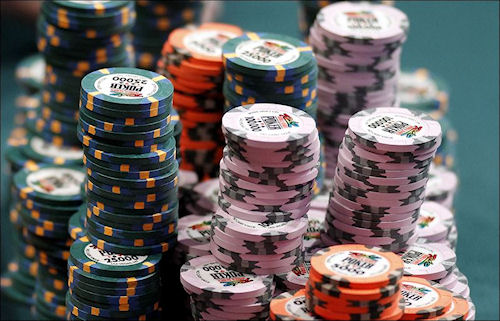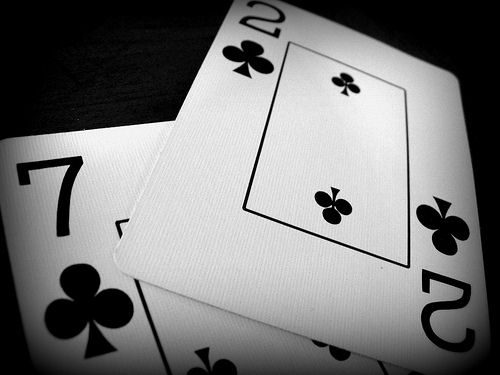The pre-flop 3-bet in poker has been around for as long as punters have loved to gamble, but with the aggression of the modern game 3-betting has developed into a real art form. Today we are going to take a quick look at some spots where 3-betting might be a good option and what hands you should consider raising with.
First of all, we all know what a 3-bet is, don’t we? Just to make sure, a 3-bet is the third bet of any betting round. Given that pre-flop the big blind is automatically considered to be the first bet, the player who opens the pot by raising is considered to have 2-bet which means if you then re-raise him or her, you are making a 3-bet.
Of course, this is typically a sign of a strong hand and you would obviously be 3-betting your opponents when you do indeed have hands such as A-A, K-K, Q-Q and A-K. You are 3-betting here to get more money into the pot pre-flop which will subsequently make it easier to get all of your opponent’s chips post-flop. But to add variety to your game and keep decent opponents guessing it is certainly worth 3-betting at times with less than premium hands.

3-betting in position can and should become a key part of your game, however when and why you do so depends almost entirely on who the player is you have decided to re-raise. If your opponent has an extremely high tendency to fold all but the very best hands to a 3-bet, you can 3-bet him at will. You can do so with A-A or 7-2 – it doesn’t matter what you’ve got if you think he is likely to fold. Be aware, however, if he catches on to your plan and starts calling your raises. For this reason you might want to occasionally flat call instead of 3-bet with hands that can flop well such as 7-8 suited.
This is also important if you have an opponent who will either 4-bet or fold but never call your 3-bet. In these cases you need a polarized range – either big hands you are willing to get all your chips in with pre-flop or complete garbage hands you can easily fold to a 4-bet.

You could fold this trash hand … or you could 3-bet!
But what to do if a player regularly calls your 3-bets? This is a great place to widen your value range and shorten your bluffing range. This means that because your opponent has demonstrated they will call your 3-bet with a wide range of hands, you can expect a wider range of your own hands to be ahead of theirs. For example, while you might only 3-bet A-Q+ and 10-10+ against the previous type of player, in this instance you might throw in A-J, K-Q and pairs down to 7s or 8s in order to extract more value from his loose calls.
But of course, always keep an eye on how often a player is opening pre-flop before you start getting tricky with 3-bets. The more they open, the more you should 3-bet, but if they are doing so rarely you should give them more respect when they finally do.







